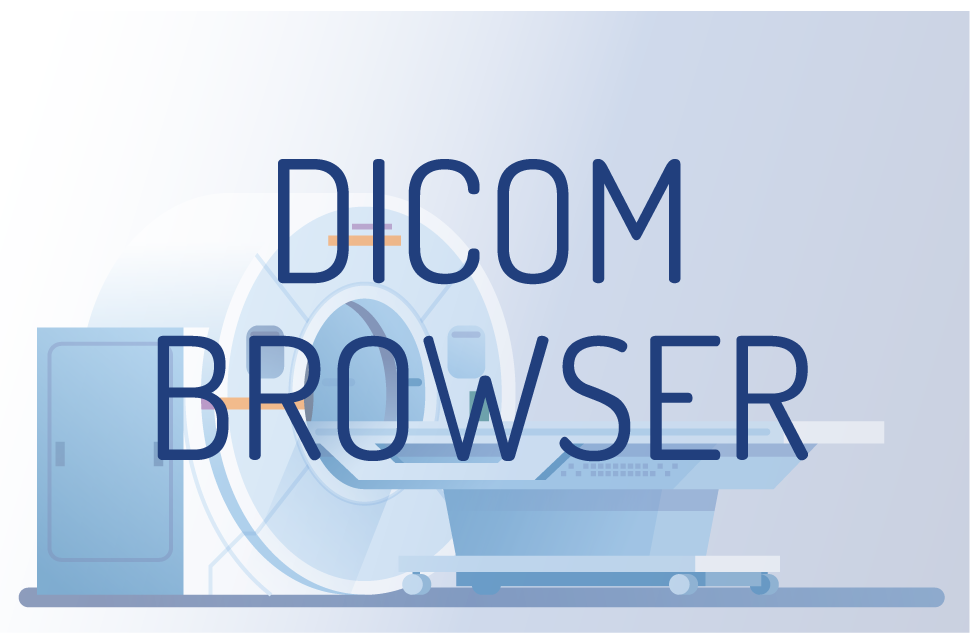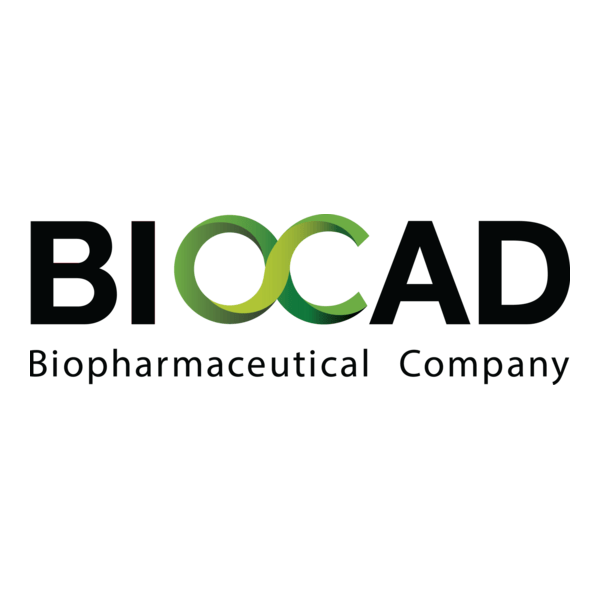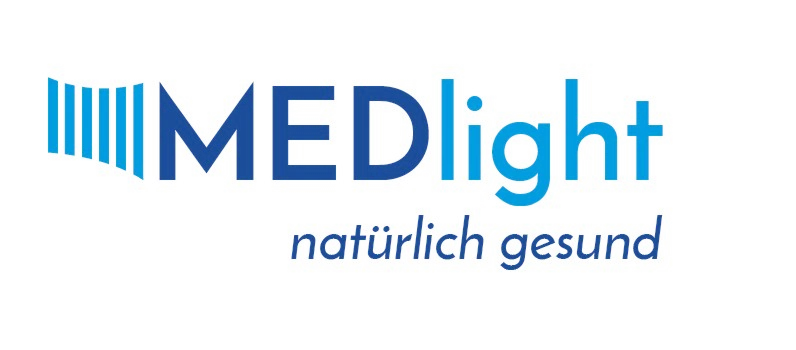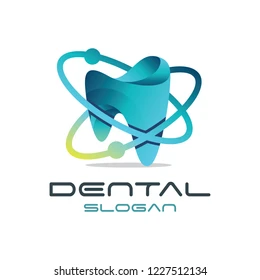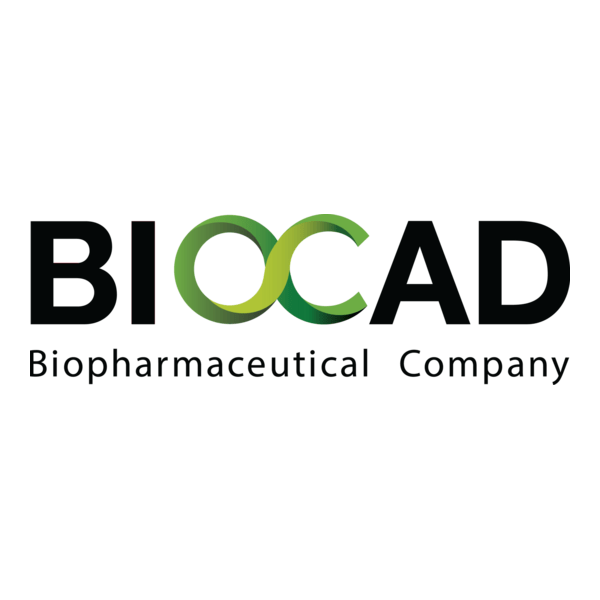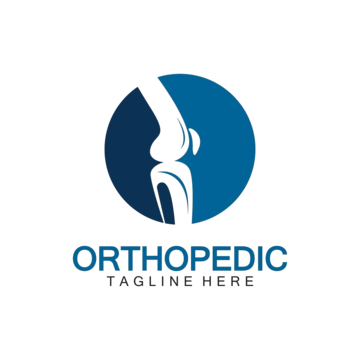DicomBrowser
Context
DicomBrowser is a small but practical open-source tool designed for inspecting and editing DICOM metadata. Unlike viewers such as Weasis or ClearCanvas, its focus is not on reading images but on working with the information inside the headers. That makes it especially useful in research, teaching labs, and clinical setups where anonymization or quick validation of imaging data is required. Dental practices sometimes use it to clean up patient identifiers before sharing CBCT datasets for referrals or teaching.
Technical Profile (Table)
| Area | Details |
| Platform | Windows, Linux, macOS (cross-platform, Java-based). |
| Stack | Java application; lightweight and portable. |
| Imaging | Opens DICOM studies, but emphasis is on metadata rather than advanced visualization. |
| Features | Browse and edit headers, anonymize datasets, validate DICOM fields, export metadata. |
| Integration | Standalone; can be used alongside PACS or imaging viewers. |
| Interoperability | Follows DICOM standards; no PACS networking (local file operations). |
| Authentication | None; depends on OS-level access control. |
| Security | Useful for anonymization workflows; relies on system storage security. |
| Data handling | Works with local files or removable media; does not require a server. |
| License | Open-source (LGPL). |
| Maintenance | Very low; occasional updates, otherwise stable. |
Installation Guide
1. System preparation
– Install latest Java Runtime Environment (JRE).
– Ensure local storage paths are available for DICOM studies.
2. Download package
– Get the .jar file from the official project repository.
– Place it in a dedicated folder, no installation required.
3. Run application
– Start with java -jar dicombrowser.jar.
– The GUI opens directly, ready for local file browsing.
4. Configuration
– Set default directories for input/output.
– Enable anonymization presets if needed.
5. Maintenance
– Keep Java runtime patched.
– Back up anonymized datasets separately from originals.
Scenarios (Dental Use)
– A dental school uses DicomBrowser to anonymize CBCT scans before distributing them for teaching.
– A private clinic removes patient identifiers when sending studies to a referral partner.
– An IT admin validates metadata on exported DICOM CDs before archiving.
Workflow (Admin View)
1. Deploy Java runtime.
2. Download DicomBrowser .jar file.
3. Launch locally; configure anonymization presets.
4. Test with sample DICOM files.
5. Train staff to anonymize/export properly.
6. Keep Java updated and store anonymized copies securely.
Strengths / Weak Points
Strengths
– Focused tool for metadata inspection and anonymization.
– Lightweight, portable, no heavy install.
– Works cross-platform.
– Valuable in research and teaching workflows.
Weak Points
– Not a full imaging viewer.
– No PACS networking or advanced visualization.
– Development pace is slow.
– Relies on Java runtime.
Why It Matters
Dental IT teams often need a way to handle imaging data outside of pure visualization. DicomBrowser offers exactly that: a lightweight method to anonymize, validate, and prepare DICOM studies for teaching or referrals. While it won’t replace a viewer, it fills an important gap — ensuring that sensitive information is handled correctly without adding complexity.

